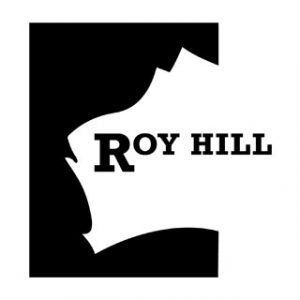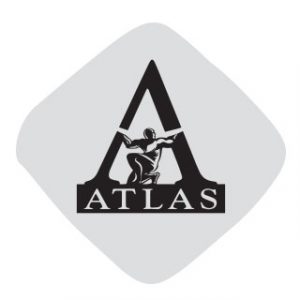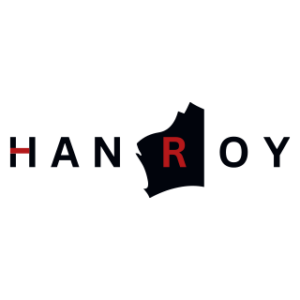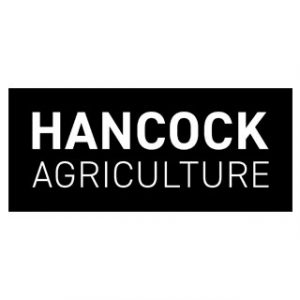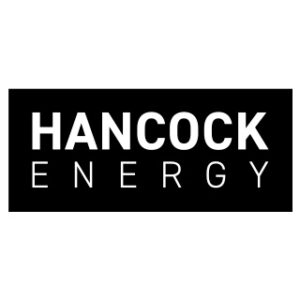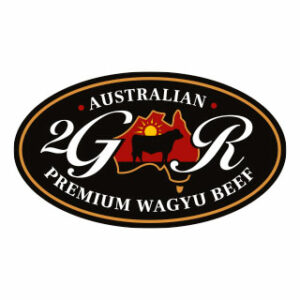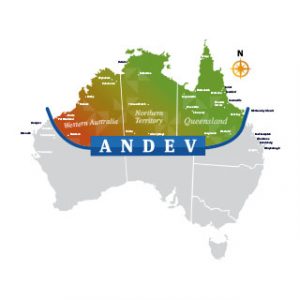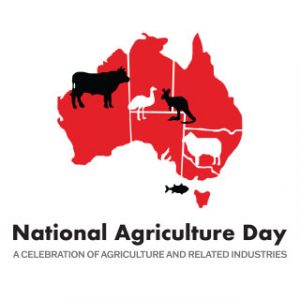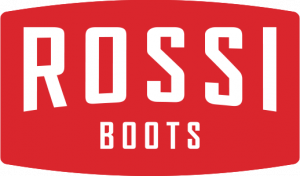
Article by Nicola Bell and Rachel Simmonds, courtesy of The Weekly Times
15.04.2025
Breeding for higher marble scores has been a positive move for the Australian Wagyu industry.
And there will be improved pricing on the horizon.
Global AgriTrends analyst Simon Quilty spoke at the Australian Wagyu Association conference last week and said the structural change within the Australian industry to breed higher marble scoring animals (up from marble scores of 3-5 to now average 6-9) has been the right decision.
“Marble score 4-5 beef is now competing on the ‘commodity’ end of pricing, when once it was a premium,” Mr Quilty said.
However, he said he expects higher pricing for Australian product to come and overall demand is “outstanding” for high marble score product.
“That elite end of the market has been experiencing lower prices, and I expect Wagyu pricing to be subdued until early 2026, underpinned by rising Angus prices.”
Mr Quilty said he thinks Australian cattle prices will peak by October 2026, while Australian Wagyu pricing would peak in 2027 once wages and inflation in the United States came back into line.
Meanwhile, AWA director and Wagyu producer Steve Gibbons from Colac said the Wagyu market had lifted alongside the overall cattle market this year, with growing international and domestic demand for high-quality products.
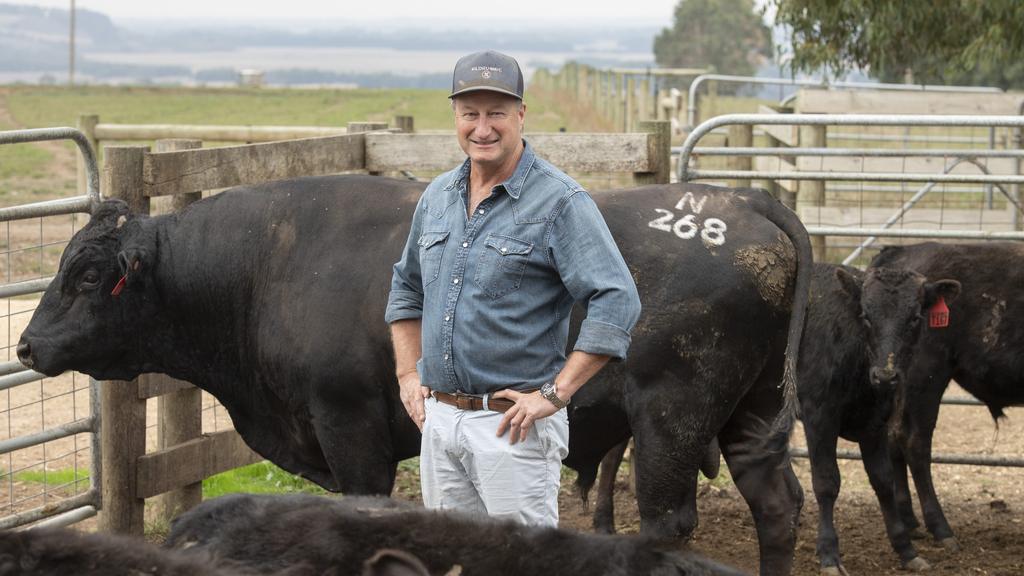
He manages 700 full blood Wagyu breeders, and 700 Angus breeders on about 1200ha. His full-blood Wagyu herd averaged a marble score of 9.77.
“The full blood market has been pretty consistent, and it’s roughly 50 per cent more than the EYCI,” Dr Gibbons said.
“The beef market now is heading towards a marbled product, people are becoming more educated and discerning over what type of beef they want to have.”
“The feedlots now are looking really critically at the marbling and amount of carcass weight their intakes are able to do,” he said.
The main countries importing Australian Wagyu included the US, Korea, China and Japan.
“(Japan’s) demand is a higher level, we’re battling to produce enough of the top end Wagyu to supply the rest of the world,” Dr Gibbons said.
He said there had been an oversupply of crossbred cattle.
“They’ve flooded the market a bit, there’s more animals on feed in 2024 than ever before,” he said.
Australian Wagyu Association chief executive Matt McDonagh said the Wagyu sector is on pause for the next six months.
“But after that there are signs the supply driven market will turn to a demand driven market, so we are expecting to see significant demand for Wagyu globally and increased supply from Australia,” Dr McDonagh said.

